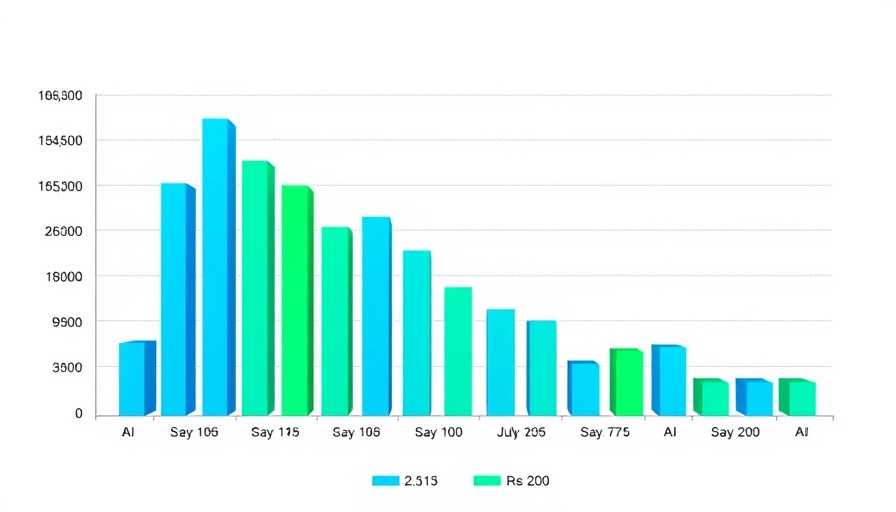
Unlocking the Power of AI in Business Operations
Integrating artificial intelligence (AI) into business operations is no longer a futuristic concept; it has become essential for organizations that want to remain competitive in today's digital landscape. AI technologies have transformed how companies operate, making tasks more efficient, improving decision-making, and enhancing customer experiences. However, effective AI integration requires a systematic approach that ensures businesses can harness its full potential. Here are three essential steps to guide professionals, marketers, and business owners in successfully incorporating AI into their operations.
Step 1: Identify the Right Use Cases
The first step towards effective AI integration is to identify the right use cases within your organization. Businesses need to focus on areas where AI can provide measurable benefits. Examples include automating customer service through chatbots, utilizing predictive analytics for inventory management, or employing machine learning algorithms to enhance marketing strategies.
A case study from a retail company that implemented a customer engagement chatbot illustrates this perfectly. They noticed a significant decrease in response times and an increase in customer satisfaction ratings—demonstrating the potential of AI for enhancing service delivery.
Step 2: Foster a Culture of Innovation
To integrate AI effectively, organizations must foster a culture of innovation that encourages employees to experiment and learn with new technologies. Training staff on AI tools and their functionalities is crucial, as understanding the technology leads to successful adoption. Businesses could implement workshops or even pilot programs that allow teams to explore AI capabilities.
Moreover, management should lead by example, showcasing how AI can solve real business problems. For instance, a marketing team integrating AI tools for data analysis observed how data-driven decisions led to improved campaign performances, inspiring others in the company to pursue similar innovative projects.
Step 3: Measure and Optimize Performance
Finally, it's important to not just implement AI but to measure its performance routinely and optimize processes based on data-driven insights. Companies often fail to track how AI initiatives are performing against their objectives. Using tools for analytics and data reporting can help in analyzing the effectiveness of AI applications. Regular audits can identify areas for improvement or adjustment.
For example, businesses can utilize Google Analytics updates to fine-tune their AI-driven marketing strategies—ensuring they align with KPIs (Key Performance Indicators) and maximize return on investment (ROI).
The Future of AI and Business
As AI continues to evolve, its integration into business operations will only deepen, offering opportunities for growth, efficiency, and enhanced customer engagement. Embracing these technologies today will prepare organizations for the future of work, where AI and human collaboration will drive innovation. Companies that succeed in their AI integration strategies will likely outperform their competitors, leading the charge in their respective industries. If you haven’t started integrating AI into your operations, now is the time to act. The future of your business depends on it.
In conclusion, effectively integrating AI involves identifying the right use cases, fostering a culture of innovation, and regularly measuring performance. As we move further into a digital-first world, these steps will ensure businesses are well-equipped to leverage the power of AI.
To thrive amid AI advancements, start implementing these steps today. Discover the tools and best practices that can help you revolutionize your business operations as we head into a new age of digital transformation!
 Add Row
Add Row  Add
Add 




Write A Comment